Step away from the takeaway breakfasts in plastic pots, people.

All Credits: PA
We all know we should use less plastic – especially single-use plastic.
But it can be hard; from grabbing a coffee or breakfast on the go to forgetting your water bottle when you go to the gym, or the days you actually make your own sandwiches, only to be thwarted as you wrap them in cling film.
New research from BRITA – makers of water filter jugs and re-usable bottles – shows the extent of our habits. But while the statistics are shocking (see below), they are helpful, because they’ll nudge you to really sit up and make some changes. Here’s how…
Over a year, for an individual, that can add up to more than £450 (AED 2138.66) – arguably the price of a gym membership. If you’re drinking from a shop-bought plastic bottle as you read this, then you probably feel terrible. After all, you’re only trying to hydrate, right? Well, today’s the day to stop that single-use habit.
Do some research and really find a bottle you like, to make sure you’ll keep using it. Consider whether it’s the right size for your bag and whether it’ll be easy to use (eg. does the lid flip, or unscrew?). And don’t assume there are times when only a single-use will do. Can you fill your lovely new bottle at work/a shop/the airport? Some cafes and coffee shops will fill a bottle for free, too, if you ask.
Now, we know you think you know the answer to this one – take your own cup to the coffee shop, right? Well, actually, you can take this a step further, and save money at the same time. How about making your coffee at home or work? Not instant – use a lovely cafetière (you can get ones for single cups). The grounds are great for your compost, too. Win-win.
And shockingly, 6 million of us habitually buy takeaway breakfast every week. The thing with takeaway breakfast is, it’s not just bad for the environment. Breakfast on the go isn’t particularly mindful and eating at your desk, or during your drive to work, might feel like multi-tasking, but really, in lots of cases, it’s starting the day with crumbs all over your meeting notes.
It’s time to start breakfasting at home. Go super-saintly and prepare overnight oats, porridge or Bircher muesli (it’s way cheaper than the shop-bought version!). If you like a so-called protein pot which you can get in grab-and-go coffee shops and supermarkets, try making your own. And if you do succumb to a shop-bought croissant, say no to the plastic bag it comes in. A napkin will do (you’re going to eat it in 20 seconds flat anyway).
Who doesn’t love grabbing some sushi or a salad, which tend to be better for you than a big, bready, gluten-heavy sandwich? But they’re still packaged in a lot of plastic – and often come in a plastic bag with plastic cutlery, to boot.
We’re not saying make your own every day, as we know you’re busy and life doesn’t always work that way. But how about eating in, on a plate, instead?
Is there a different place to get your fruit and veg that means it doesn’t come in plastic packaging? The greengrocer, a larger supermarket or a fruit stall at your local market are just a few options.
Say ‘no’ to the plastic bag many fast food outlets offer too – you could get your own lunch tote to keep in your bag.
Most can’t be entirely recycled because of the lining that keeps the coffee in. But when you need your caffeine fix and you’ve left your re-usable at home, what to do? Ask yourself if you can cope without it today, and make your own. Alternatively, do you have time to drink your coffee at the shop – in a porcelain mug?
If you really can’t, as with the water bottle, today is the day you implement change. Go shopping and find a coffee cup that’s the right size and shape for your tipple.
Well, there’s a simple answer to this one – cook your own dinner. OK, so takeaways are a treat, and some people rely on them because they do shift work, we get it. But there are things you can do to reduce the plastic that comes with your takeaway. For example, can you walk and pick it up yourself to save the C02 of the delivery, and use your own container?
Ask your favourite takeaway what they’re doing to reduce plastic waste, and make sure they leave out things like plastic cutlery, which you don’t need if you’re eating at home. And it’s an oldie but a goodie: Save the containers for batch cooking.
A good test of how much single-use plastic you get through without thinking is to keep it all for a day. A big challenge, but if you need a wake-up call, saving the plastic you’ve used (hey, pop it in that bag your lunch came in, maybe) you’ll see what needs to change.




.png?itok=HBSyMDok)







































































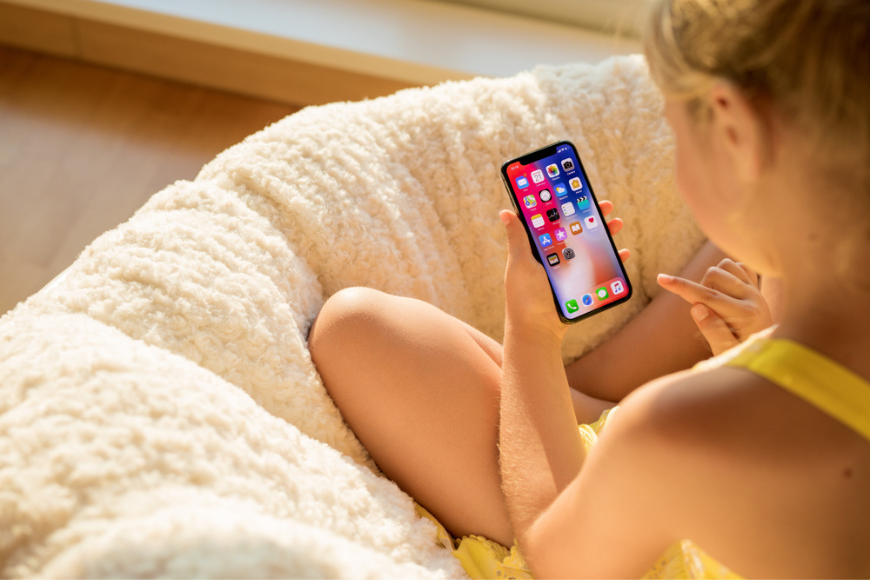
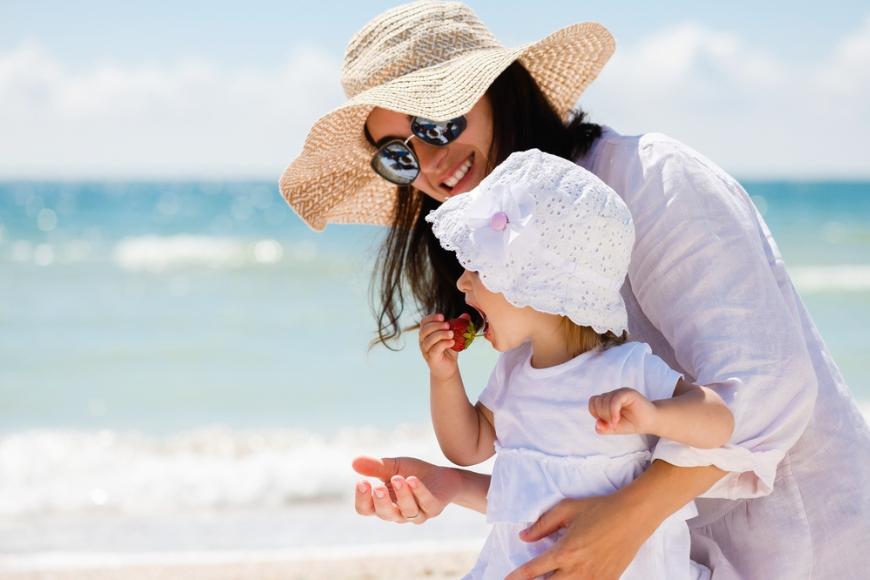
.png)
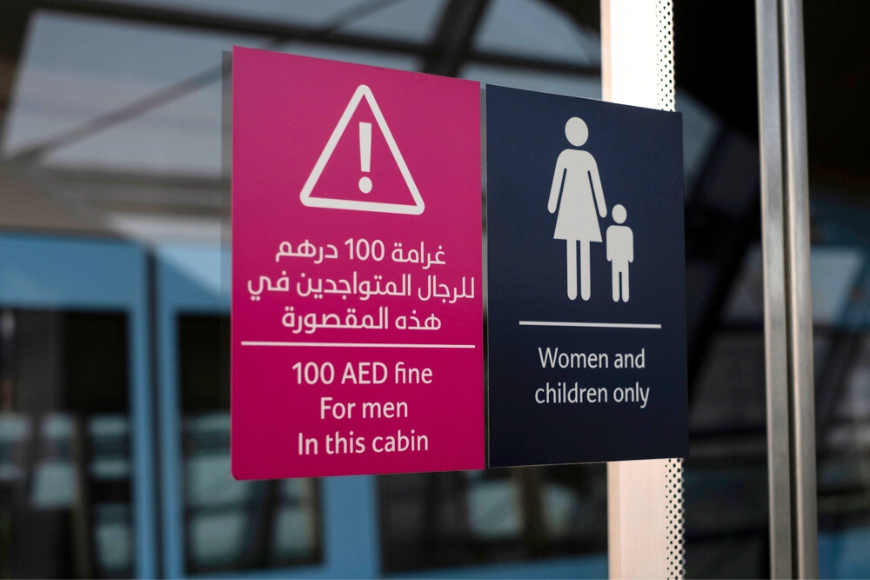
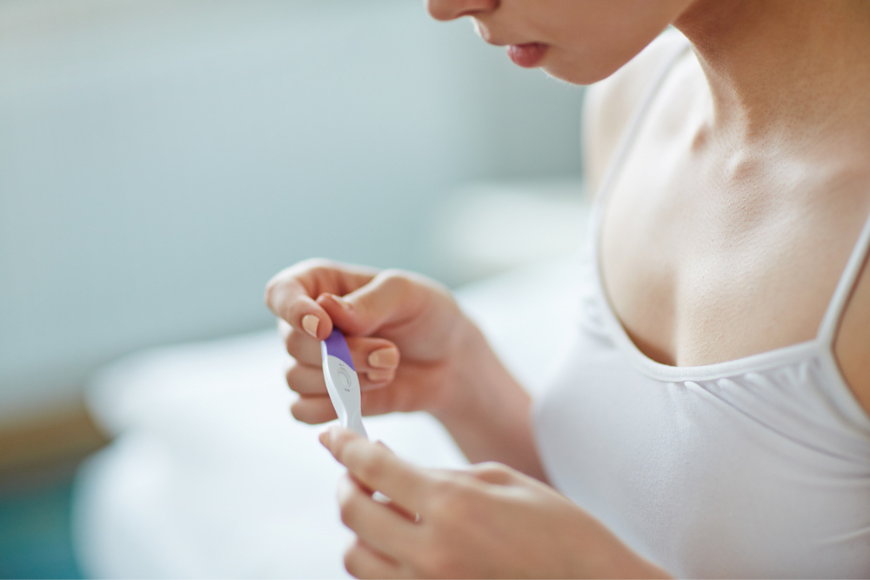
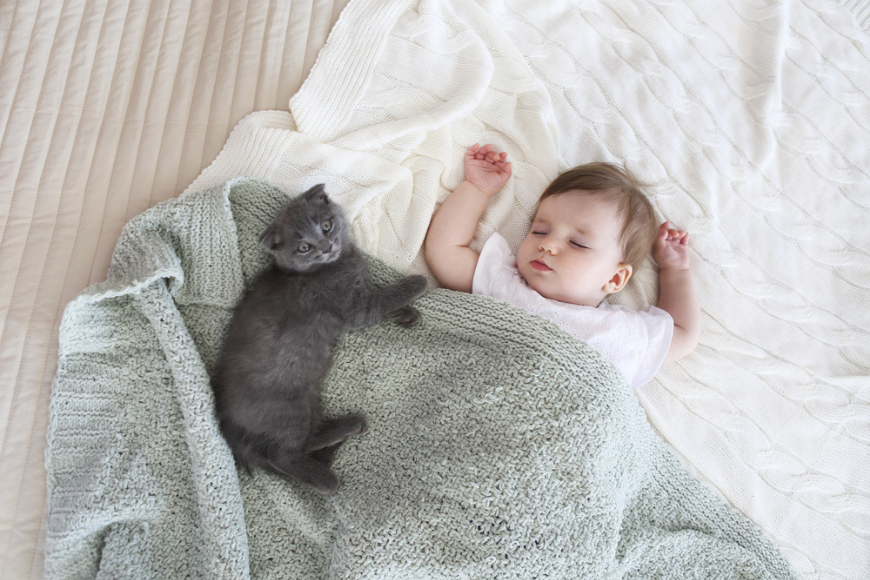
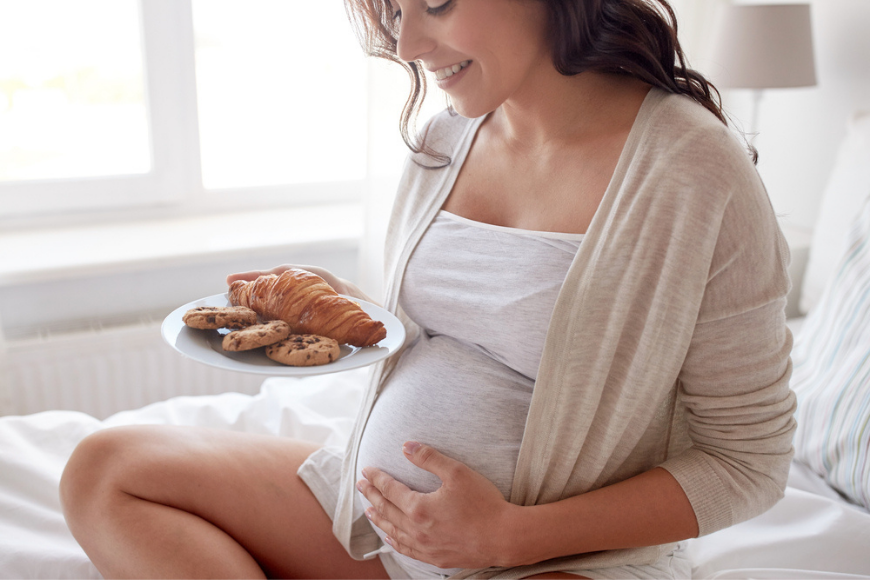

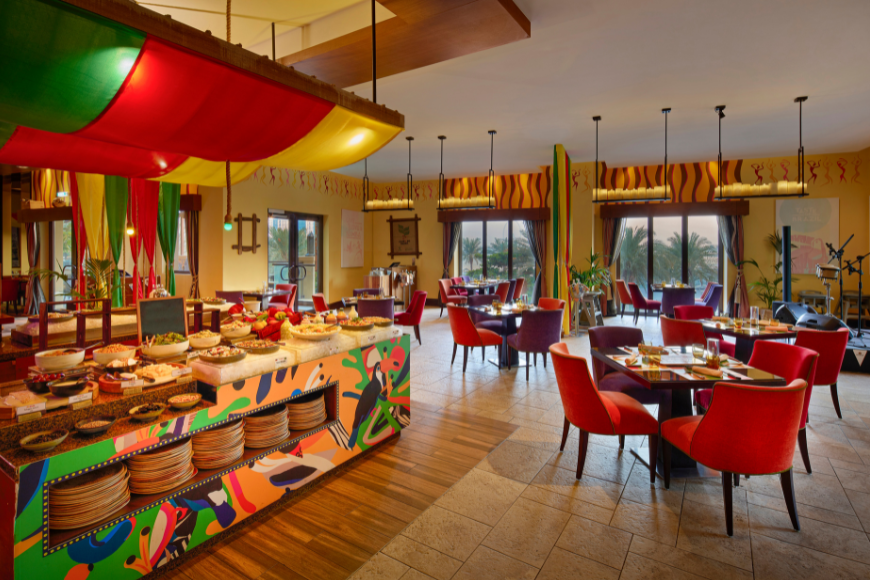
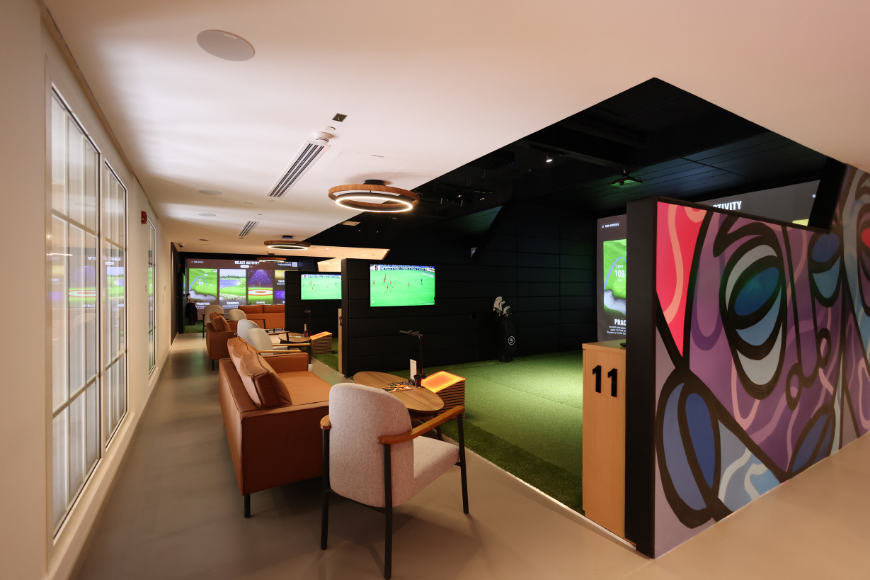
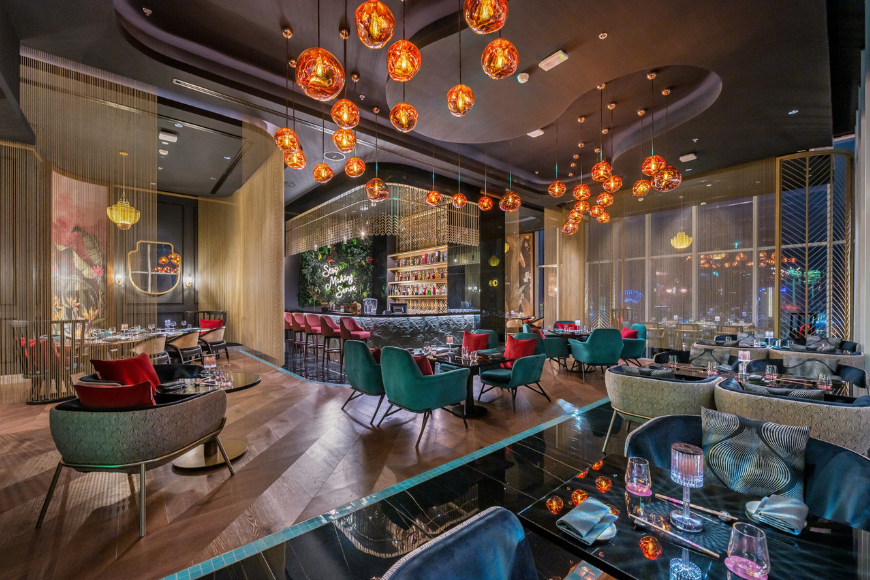
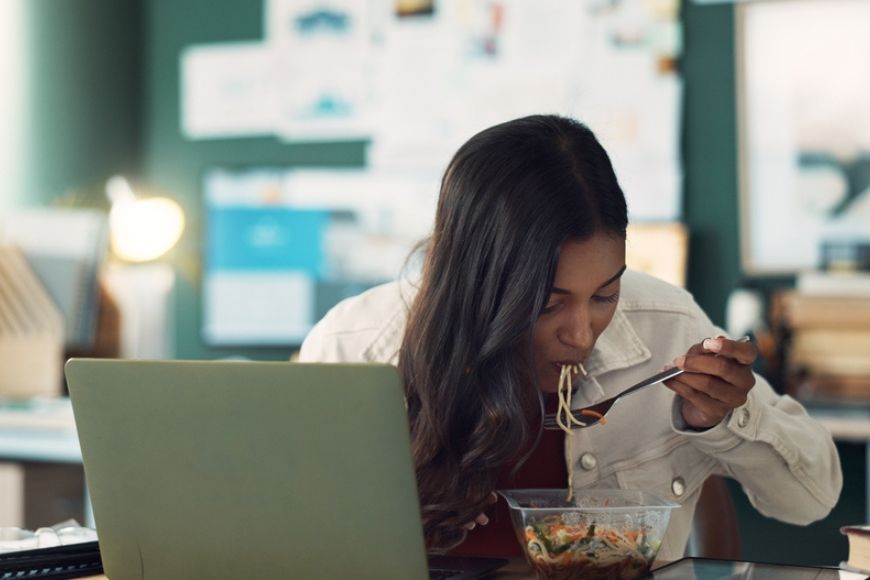
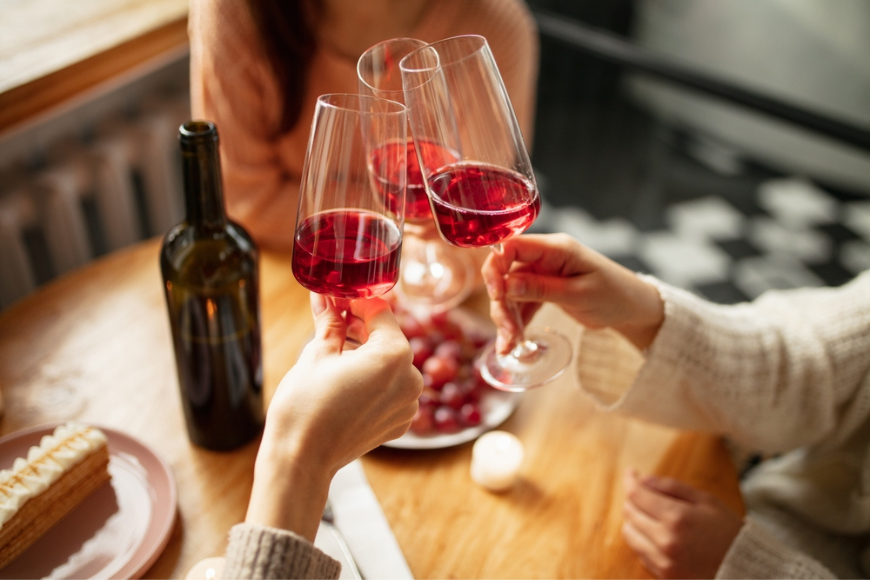

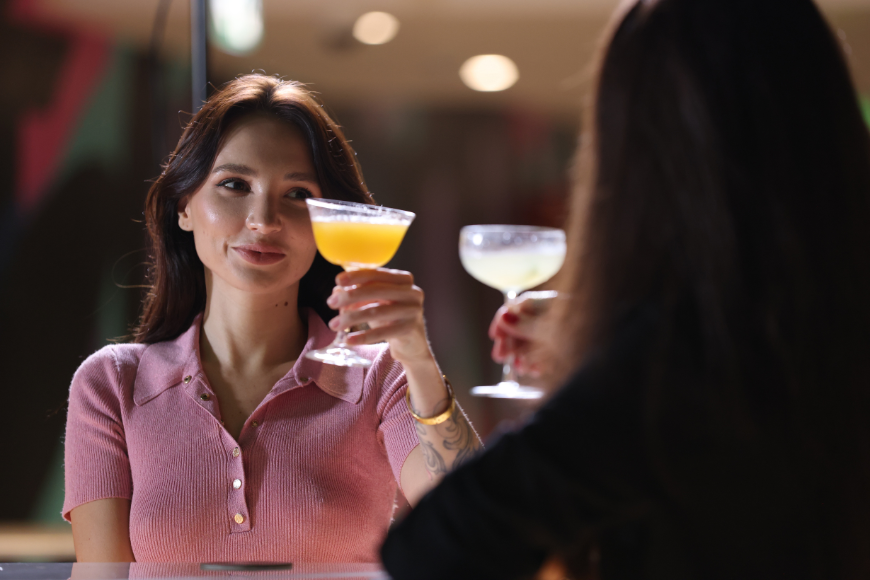
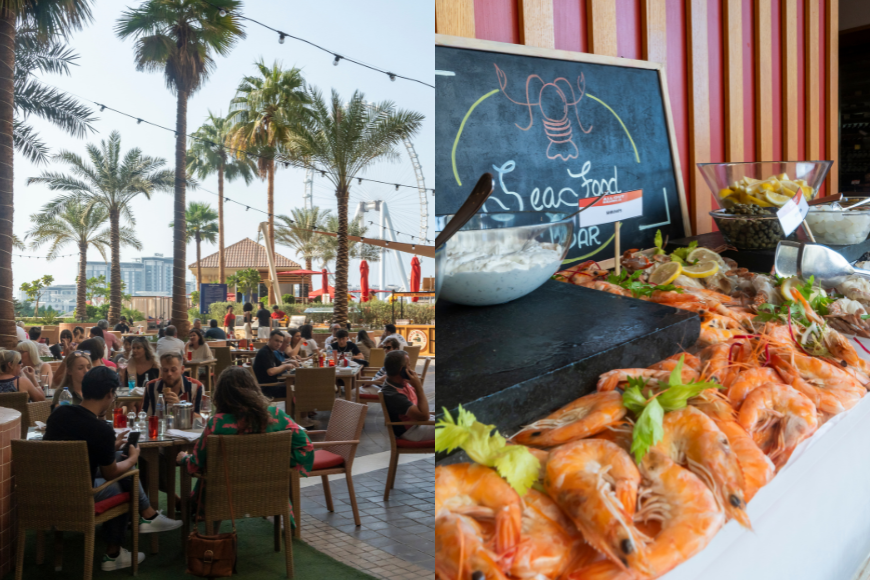
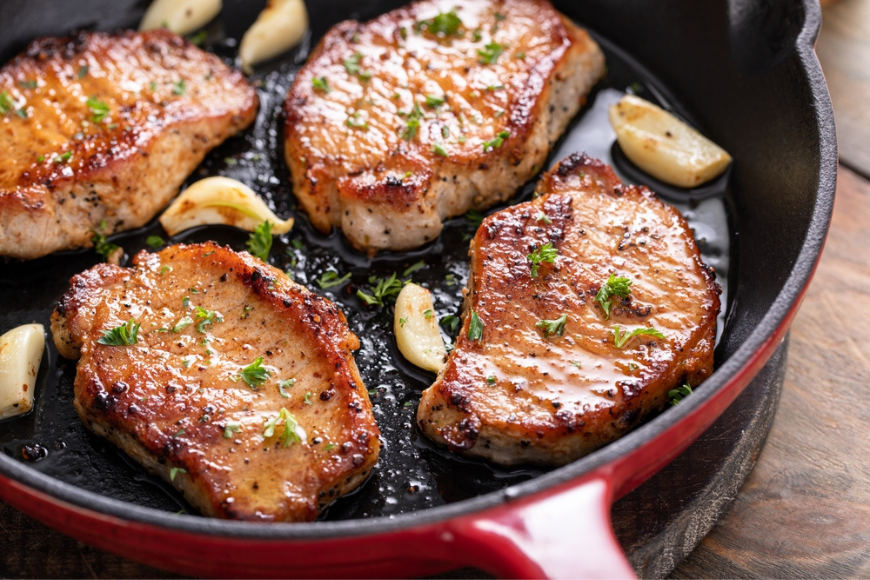












.png?itok=0fOAXkOm)

























.png?itok=EH_x0Pha)
